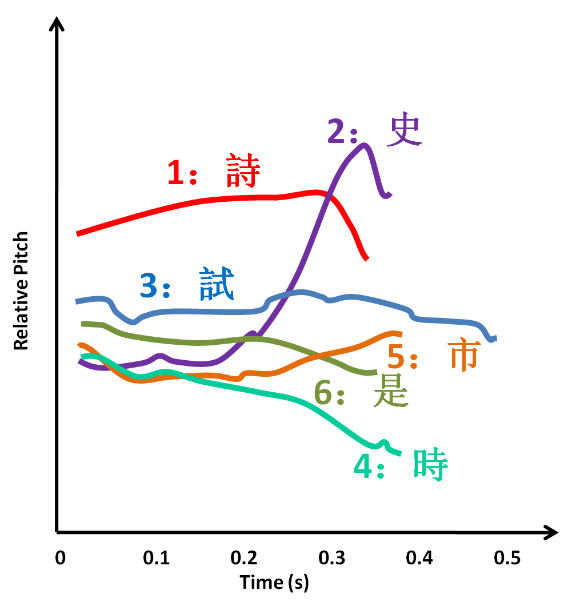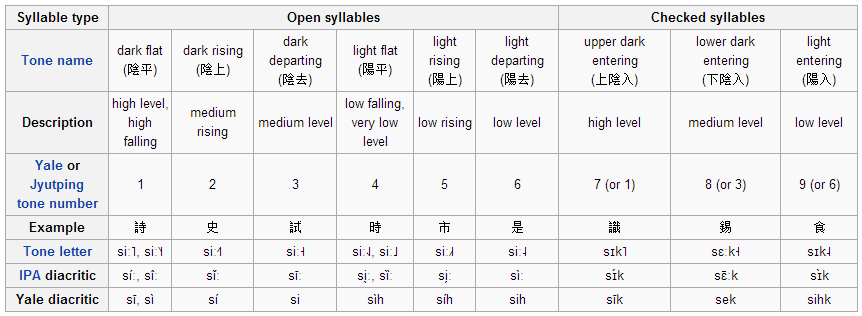What is the Difference Between Mandarin and Cantonese?
汉语?粤语?
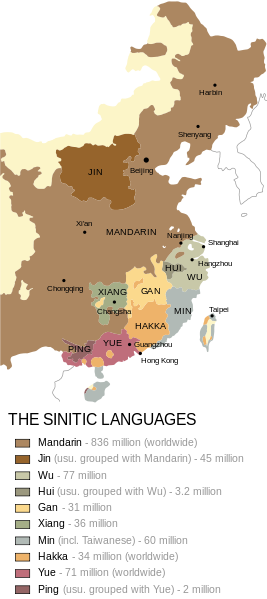
To start with, let’s talk about the similarities. Both Mandarin and Cantonese refer to spoken languages that are members of the Sinitic linguistic family. Until 1956 they shared the same writing system, but the Chinese character systems should be thought of as independent of the spoken languages. They are both tonal languages, though the tones are different and they are not mutually intelligible. As such, they cannot really be referred to as dialects because a Cantonese speaker cannot understand a Mandarin speaker and vice versa.
In fact, this is the case with many of China’s “dialects”. It is better to think of them as Sinitic languages that are spoken by people in China, just as Romance languages are spoken by people in Europe. To understand China more accurately, Chinese society and language should be thought of as a collection of unique (but related), languages and peoples that have built a shared civilization.
Mandarin Chinese
Technically speaking, Mandarin Chinese, or guānhuà 官话, is a collection of Chinese dialects, mainly found in northern China, but also in the southwestern provinces thanks to migration. This collection has typically included the dialect spoken in Beijing, China’s capital, so Mandarin has had considerable influence in the linguistic battle for dominance. Early in the 20th century, Mandarin, or pǔtōnghuà 普通话, was adopted as the official language of mainland China and is also an official language in Taiwan and Singapore. These days, the English word “Mandarin” commonly refers to pǔtōnghuà 普通话, both by students and teachers of Mandarin.
Because Mandarin is the official language in mainland China and is used in the vast majority schools, it is spoken to some extent by nearly all 1.3 billion residents and 847 million Chinese speak it as their first language. Additionally, there are many Mandarin speaking regions and communities around the world outside mainland China, totaling approximately 25 million people.
Cantonese Chinese
Technically, Cantonese, or guǎngdōng huà 广东话, is a subset of the Yue (yuè 粤) language family found in southern China, but “Cantonese” is commonly used to refer to this group of languages. Cantonese is spoken by approximately 70 million people in southern mainland China, Hong Kong, and communities around the world. Chinese communities in Western countries typically have a high representation of Cantonese speakers due to the higher emigration rate of people from Hong Kong during the 20th century.
Comparison of the Tonal and Writing Systems
In the teaching context, Mandarin pronunciation is usually romanized using the pinyin system (or Zhuyin/Bopomofo in Taiwan) where Cantonese commonly uses Yale romanization. Mandarin has 4 tones as shown below, plus a neutral tone. Cantonese has 9 tones in total which can be divided into 6 open syllables and 3 checked syllables. The charts below show a more detailed description.
Regarding the writing systems, both Mandarin and Cantonese shared the same character sets until the 1950s and 1960s when simplified Chinese characters were officially adopted in mainland China in order to increase literacy rates. While the traditional characters were retained by Cantonese speakers in Hong Kong, note that they were also retained by Mandarin speakers in Taiwan, and the writing systems are therefore largely independent of the spoken languages. Simplified characters are used throughout the mainland to express a wide variety of spoken dialects, though some traditional character writing remains for classical purposes and in the southern, Cantonese-speaking regions of the mainland.
Written Cantonese
While most Chinese learners are aware of the regional differences between simplified and traditional characters, it should also be noted that there are a series of characters that are unique to Cantonese in order to allow for writing modern, spoken Cantonese. Cantonese has many idiomatic and grammatical situations where standard written Chinese is not sufficient, so new characters have been created. Specifically, the Hong Kong Supplementary Character Set was first published by the Hong Kong government in 1999 and now includes 5,009 characters for written Cantonese. Here is a banner from Hong Kong that shows some written Cantonese.

Want to learn more about writing Chinese characters or speaking Mandarin? Check out our wide variety of courses available in Shanghai, Beijing, London and around the world via Skype!
Mandarin Tones
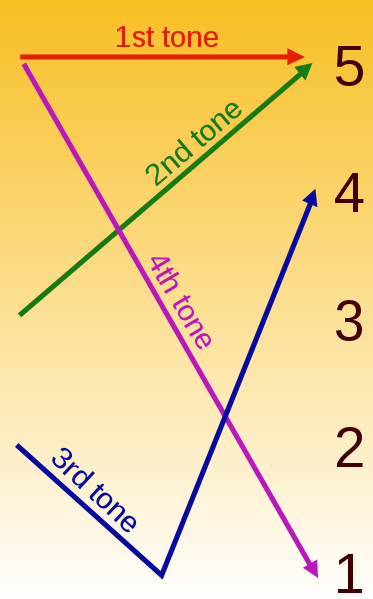
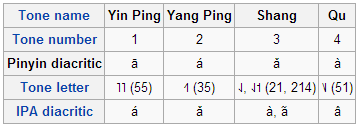
Cantonese Tones
